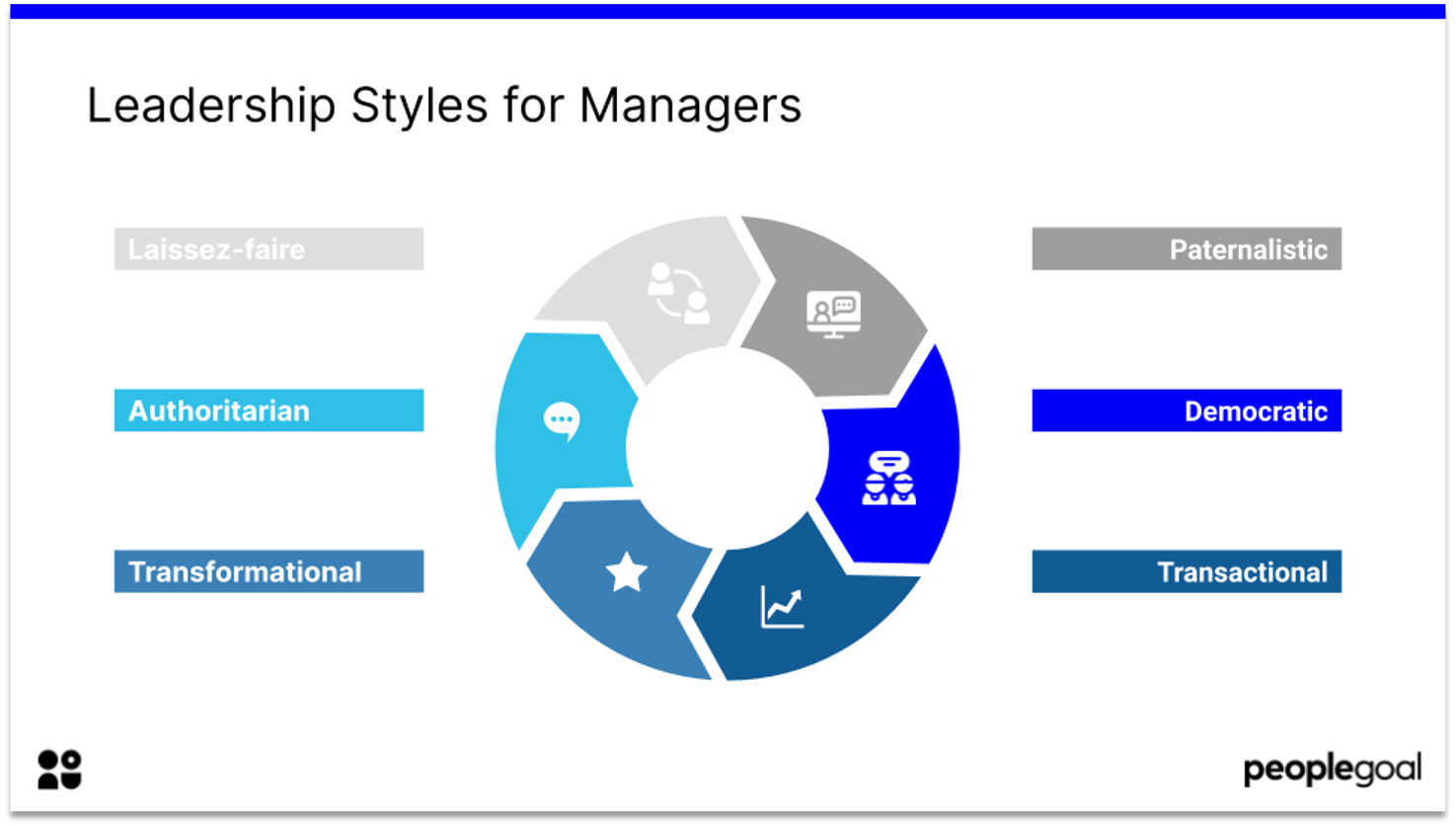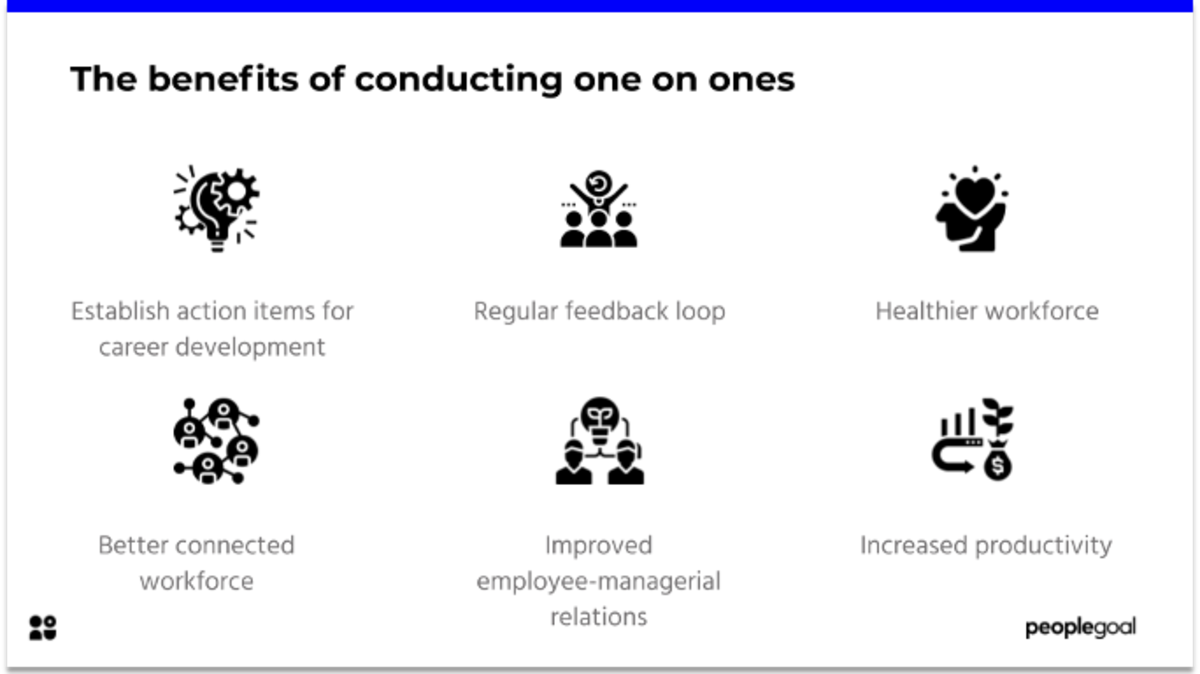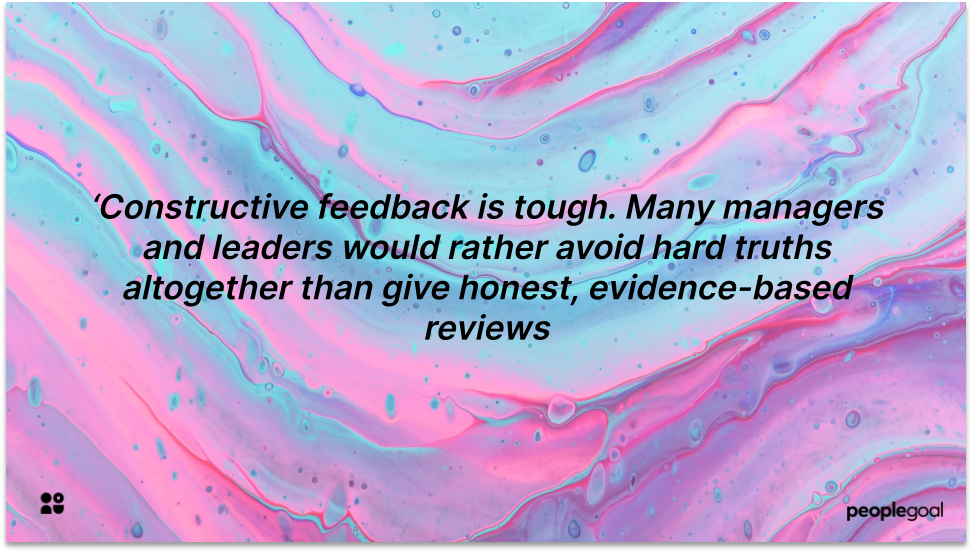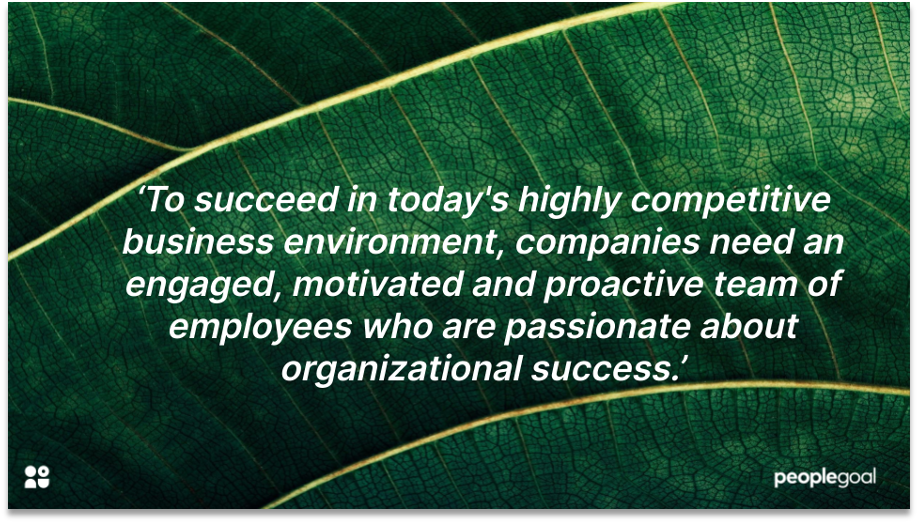A combination of technical innovation and liberal progression in the way people work have made for an incredibly lucrative industry – there will always be new ways (and technical processes of implementing them) to managing a workforce, if that workforce is forever changing.
Yet, whilst the technology of human resources slowly morphs into a different entity, changing values and focus points, there is one product of progression in the workforce that poses a challenge for performance management: external and contingent workers.
According to Morgan Stanley,
Freelancers represent 35% of the American workforce and could make up more than half of it by 2027.
The workforce of today looks very different; it is largely comprised of machines, artificial intelligence, off-shore labour, freelancers and gig workers. Consequently, there has been much debate on how to address the unique challenges that a contingent workforce bring to human resources and employee performance.
What is the gig economy?
Outsourcing information or skills is very common in business today and, as companies chose freelancers or contractual vendors for a larger portion of supply services, it evolved into what is now called the gig economy. It covers any use of contractors, freelancers, advisors, consultants, or anybody offering a service on an open platform such as Uber or Fiver.
Norm Smallwood, co-Founder of RBL Group refers to external work as the ‘agile talent’ every business needs.
What problems does this pose for HR?
Much of what makes freelancing so appealing to many people is the perceived freedom it offers.
Freedom can lead to a number of things that vary depending on the person – which is likely why most people aren’t working from the local Starbucks. But, even for the most disciplined freelancers, it is easy to feel as if you are ‘above the law’, so to speak. And you can’t really blame them, as very few employers bother offering them any core HR, let alone performance reviews. In fact, although contractors are often highly skilled, the main concern regarding non-permanent staff is around the quality of work.
Despite this, according to a CIPD report:
Only 50% provided any kind of training
Only 1/3 conducted performance appraisals
Only 50% involved them in organisation-wide
communication or considered them for recognition or awards
“Performance management is the weakest link in managing and engaging agile talent and in gaining the productivity from the investment in it” – HBR
So, how to make the investment worthwhile?
We have broken down the important steps in closing the performance alignment gap in your organisation.
Quit excluding them
Too many businesses fall into the trap of treating ‘gigsters’ as if they do not represent the company. They do.
Maybe for only a short amount of time but, just because they come with an air of impermanence, this shouldn’t put you off aligning them to the company goals and objectives.

If you consider that every employee is temporary in a way – they can leave at any point or you could let them go before their probation ends – but this doesn’t stop you from briefing and re-briefing every in-house employee on the brand guidelines. Your attitude should be the same for any external workers, some of them will undoubtedly be around for longer than a few of your unsuccessful interns.
The efficacy of this is two-fold and works bilaterally. Whilst it benefits you to have external workers aligned to the company’s objectives and values, it concurrently gives them a higher purpose, a sense of community but above all, a sense of responsibility.
They need aligning, just as much as you need them to
Going into freelance work, an individual may think they are not interested in the three things aforementioned. Whilst others need the security and familiarity of coming to the same place, talking to the same people and working toward the same objective every day, this person opts for a more independent lifestyle; a lone wolf, a free spirit, a nomad of service.
Satire aside, what that individual doesn’t realise is that the very aspects of work they are fleeing, they will come to yearn for, or at least come to see their benefits. That they are not all just arbitrary policies to make people miserable at work but that some of them serve to keep employees engaged, focussed and on task. Three things that can unravel when working remotely.
According to HBR research:
“Agile talent wants to know the nuances, and they’re particularly concerned that issues like cultural fit or other “soft” factors are often left unsaid or undefined until problems arise, creating additional cost or difficulty and enabling preventable conflict with internal colleagues.”
And Charles, a former freelance Google software developer, stated:
“The meaningfulness of a project for me comes down to sharing in the product owner’s objective and success. When that happens your work is naturally appreciated day-to-day and over the long term. When the project is finished you can reflect and see the value that you delivered.”
Although it may feel sub-optimal doing so, including your non-permanent contractors in your performance management plan will, not only help close the performance alignment gap in your organisation, but it will connect the dots in your development planning so that when it comes to your people analytics and annual reviews, the data adds up.
To do this, you’re going to have to implement from the very beginning…
Set the record at onboarding
Onboarding is a crucial contributor to employee engagement, and this is the same, if not more so for external workers. The phrase ‘first impressions are everything’ holds validity in most circumstances but couldn’t ring truer for freelancers.
It is during onboarding that you set the record. They may never speak to you or the rest of the team face-to-face again, this is a crucial opportunity to:
1. Instill your cultural norms
Yes, you are right in thinking that, being an external contributor, freelancers add little to the workplace culture. Yet, by explaining these from the get-go, you are conveying the values and reputation you wish for them to uphold. This helps them understand their duties, ties them to the company objectives and imparts a sense of responsibility.
2. Outline exactly what you want from them and why you need them
The importance of clear, comprehensive and detailed briefs is indebatable in any job but it shouldn’t come as a surprise that this isn’t lost on freelancers – they can’t eaxctly lean over to susan (who happens to be more advanced in mindreading) and ask for some guidance.
3. Tell them why you need them and find out why they need you
It’s also worth offering some insight into the driving factors, or gap in resources/skills, that drove you to outsource labour. Having this insight can help external workers to target the skill which will directly aid the deficit they were hired for.
This is also a great time to ask them why they choose contingent work.
According to Jon Younger, author of the ‘Freelance Revolution’, found distinct career orientations that influence individuals to opt for independent working:
“I’m moving up in the world” – seek more responsibility
“I’m doing it my way now” – want more autonomy over how, when and where they do their work
“I’m juggling life” – have several priorities and seek to make manage all of them better
“I’m spreading my wisdom” – seek to share their skills/expertise with organisations that are in crisis or are low-staffed
Not only does this help with no.5, building a rapport, it helps you tailor your management style to their needs, thus increasing engagement.
4. State your policy of two-way feedback + problems reported immediately
Establish an open dialogue so they feel comfortable to communicate problems before they become obstacles.
5. Cultivate a rapport
Whilst you have plenty of time to develop this with regular employees, you need to create a foundation of respect during onboarding, so make it fun!
“I don’t want a purely transactional relationship. I want to feel valued, and asking me what circumstances I work best is a great start to feel a sincere effort towards partnership.”
Don’t keep them in the dark
Freelancers often report that management fail to include them in critical meetings and discussions that often provide crucial context for their work.
Encourage feedback
It is easier for freelancers to internalise problems they may be having, being remote from the rest of the team. But if those problems get left unsaid, they will certainly translate in their work, so encourage external workers to flag concerns before problems bloom. And by doing that, you are encouraging a habit and instilling a cultural norm of two-way feedback, in which you can also voice your concerns and praises.
Verdict: the freelance revolution doesn’t have to be a messy one
While 50% of millennial workers are already part of the gig economy, a study by the Freelancers’ Union and Upwork found that 32% of millennials believe they’ll be working mainly flexible hours in future. So, this isn’t a problem that’s going to go away any time soon.
There isn’t much point in trying to break down and micro-manage every aspect of freelancers’ working day, and an annual performance review delivered by someone they’ve never met before would be just as useless. Nevertheless, a tailored system which engages the individual through regular communication and feedback will have unquestionable positive effects, which you will be able to monitor metrics and goal setting for as a result.
Check out our guide to create a talent matrix. This can help you assess employee performance and potential to become a leader.
Ready to 3x Your Teams' Performance?
Use the best performance management software to align goals, track progress, and boost employee engagement.





